Climate Change And Its Impact On Hurricanes

Climate Change and Its Impact on Hurricanes
Introduction
Hurricanes are natural disasters that have devastating consequences on human life, wildlife, and the environment. These tropical storms are formed over warm ocean waters and can cause widespread damage when they make landfall. The frequency and intensity of hurricanes have been on the rise in recent years, and climate change is considered to be a significant contributor to this phenomenon. This article aims to discuss the impact of climate change on hurricanes and its potential implications.
Rising Sea Surface Temperatures

What is the link between rising sea surface temperatures and hurricanes?
Rising sea surface temperatures are one of the most significant factors contributing to the increasing frequency and intensity of hurricanes. Warmer ocean water provides more energy to storms, making them stronger and more destructive.
How much have sea surface temperatures risen due to climate change?
According to the National Oceanic and Atmospheric Administration (NOAA), sea surface temperatures worldwide have increased by about 0.13 degrees Celsius per decade since 1901, with much of this warming occurring in the past few decades.
Are there any other effects of rising sea surface temperatures on hurricanes?
Rising sea surface temperatures can also lead to an increase in the size of hurricanes and their associated storm surges, which can cause flooding far inland.
Increase in Atmospheric Moisture
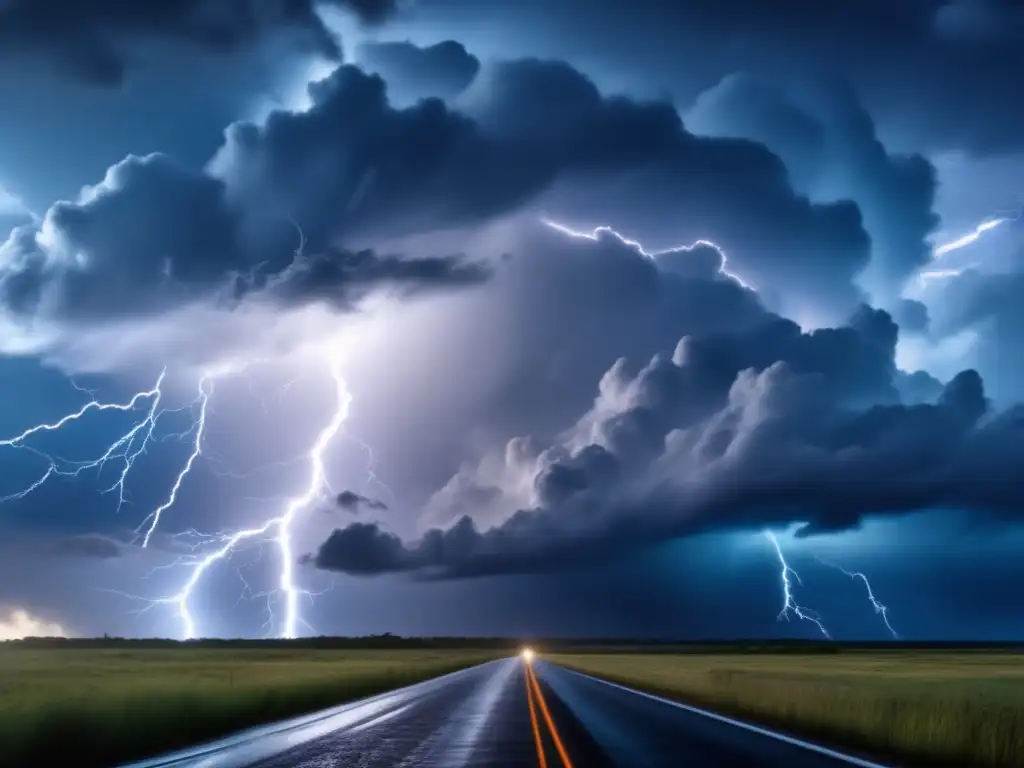
What is the relationship between climate change and atmospheric moisture?
As the atmosphere warms, it can hold more moisture, leading to an increase in atmospheric humidity. This increased humidity can fuel more intense rainfall during hurricanes.
How much has atmospheric moisture increased due to climate change?
According to a study published in the journal Nature, there has been a 7% increase in atmospheric moisture per degree Celsius of warming over the past several decades.
What are the implications of increased atmospheric moisture on hurricanes?
Increased atmospheric moisture can lead to more extreme rainfall during hurricanes, which can cause severe flooding and landslides.
Rising Sea Levels

How does climate change contribute to sea level rise?
Climate change can cause sea level rise through the melting of ice sheets and glaciers, as well as the expansion of seawater as it warms.
What impact does sea level rise have on hurricanes?
Rising sea levels can worsen the impacts of hurricanes by increasing the height and extent of storm surges, which can cause devastating flooding in coastal areas.
How much have sea levels risen due to climate change?
According to NOAA, global sea levels have risen by about 8 inches since 1880, with nearly half of this rise occurring in the past 25 years.
Changes in Hurricane Tracks
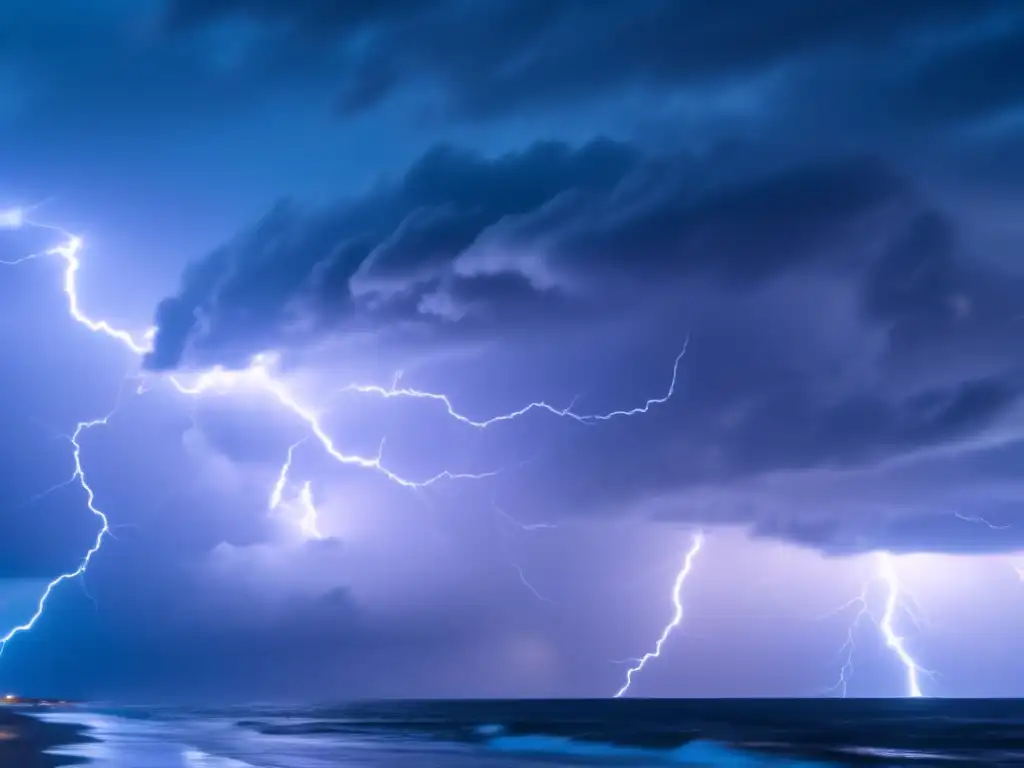
Can climate change affect the tracks of hurricanes?
Recent studies suggest that climate change may be causing hurricanes to take slower paths and stall in place. This can increase the amount of rainfall that these storms produce over a given area and lead to more flooding.
What factors contribute to changes in hurricane tracks?
The tracks of hurricanes can be influenced by a variety of factors, such as atmospheric wind patterns, ocean currents, and the position of high-pressure systems.
What are the implications of changes in hurricane tracks?
Changes in hurricane tracks can lead to more extreme rainfall, as well as making it harder to predict the path and intensity of these storms. This can make it more difficult for people living in hurricane-prone areas to prepare and evacuate.
Frequently Asked Questions

-
Can hurricanes be directly attributed to climate change?
Hurricanes cannot be directly attributed to climate change, but there is strong evidence to suggest that climate change is contributing to their increased frequency and intensity.
-
Can we expect more hurricanes in the future due to climate change?
Most climate models predict that we can expect more frequent and intense hurricanes in the future as a result of climate change.
-
Can hurricane damage be prevented through climate action?
While it may not be possible to prevent hurricanes entirely, taking action on climate change can help to reduce their frequency and intensity and minimize the damage they cause.
-
What can individuals do to prepare for hurricanes?
Individuals living in hurricane-prone areas should have an emergency preparedness plan in place, including evacuation routes and communication plans with family and friends. They should also have an emergency kit prepared with supplies such as food, water, and medication.
-
What role does the government play in preparing for hurricanes?
The government has a critical role to play in preparing for hurricanes, including developing and implementing effective emergency preparedness plans, investing in infrastructure to reduce the impact of rising sea levels and storm surges, and supporting research on the impact of climate change on hurricanes.
Conclusion
Climate change is a significant contributor to the increased frequency and intensity of hurricanes. Rising sea surface temperatures, increased atmospheric moisture, rising sea levels, and changes in hurricane tracks are all potential impacts of climate change that are worsening the effects of hurricanes. It is essential for individuals, governments, and organizations to take action to mitigate the impact of climate change and prepare for the potential impacts of hurricanes. By working together, we can help protect our communities and ensure a sustainable future for generations to come.
Thank you for reading this article about climate change and its impact on hurricanes. We encourage you to share your thoughts and experiences in the comments section below and to engage with HurricaneInsider.org for more comprehensive information on hurricanes.
Additional Resources
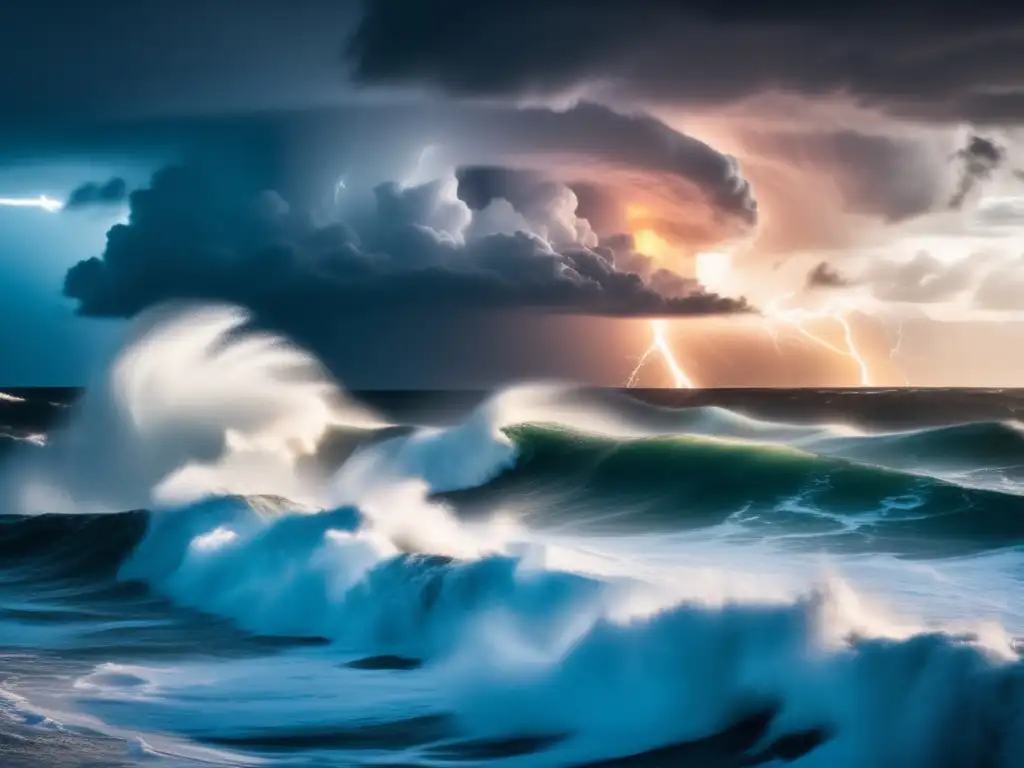
- Climate Change Attribution and Hurricanes
- National Hurricane Center: Be Prepared
- U.S. Environmental Protection Agency: Hurricanes
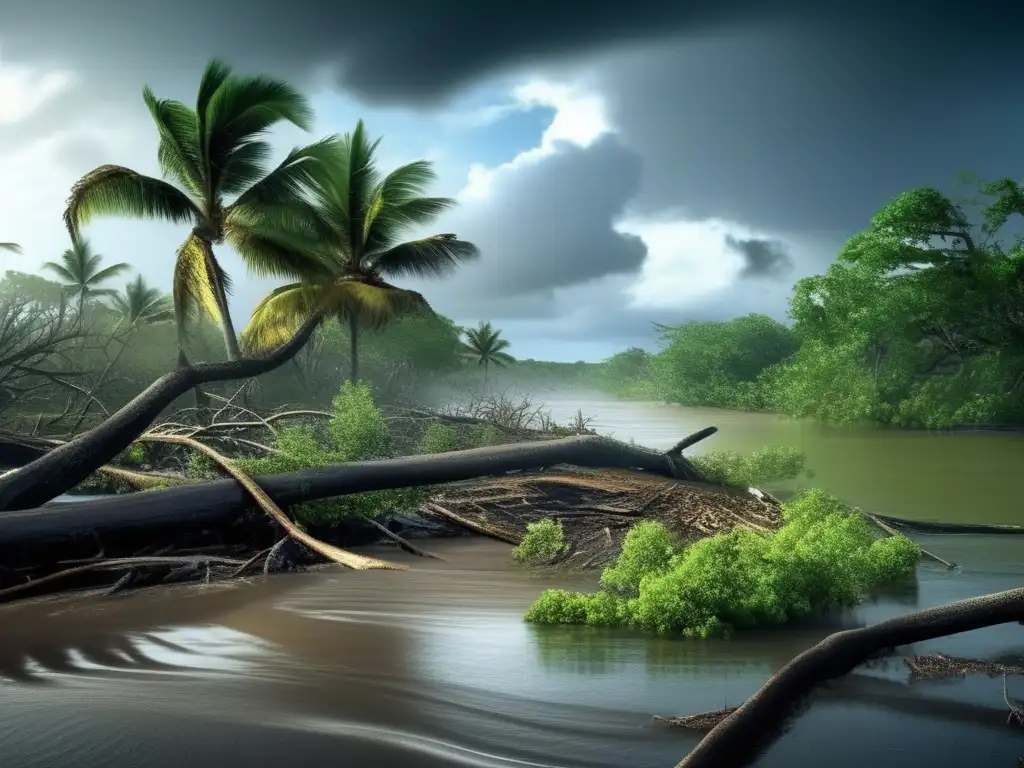 The Effects Of Hurricanes On Coastal Ecosystems
The Effects Of Hurricanes On Coastal Ecosystems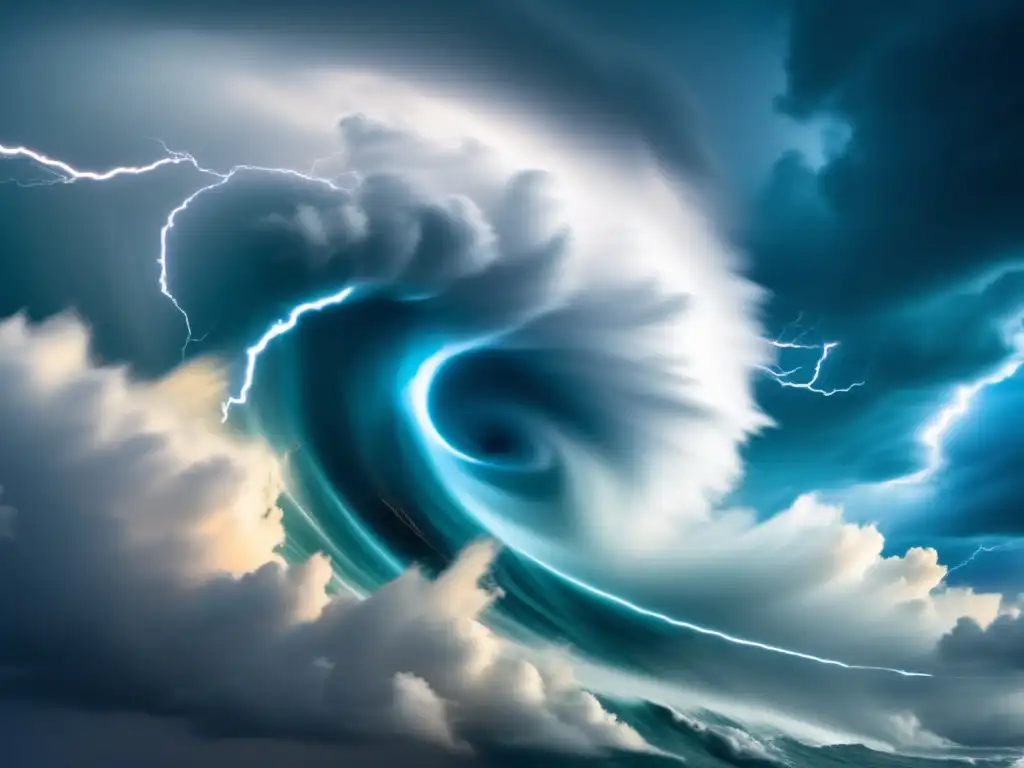 The Anatomy Of A Hurricane: Understanding The Basics
The Anatomy Of A Hurricane: Understanding The Basics The Birth Of A Hurricane: How Hurricanes Form
The Birth Of A Hurricane: How Hurricanes FormIf you want to discover more articles similar to Climate Change And Its Impact On Hurricanes, you can visit the Basic knowledge about hurricanes: category.
Leave a Reply

Articulos relacionados: